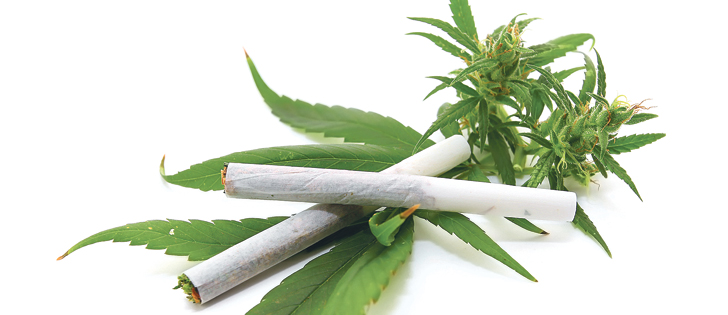The government is seeking input on whether cannabis distribution should be through private business or government outlets
Albertans will be able to grow up to four cannabis plants in their homes but not outside in their gardens, according to the provincial government’s proposed framework for legalized marijuana that was released Oct. 4.
As for production on a larger scale for wholesale business, the province now has four federally licensed cannabis facilities that grow for medical purposes.
Some of those could expand to service the recreational market once the federal government legalizes marijuana July 1, 2018.
The federal government regulates growers, producers and processors.
Read Also

Farming Smarter receives financial boost from Alberta government for potato research
Farming Smarter near Lethbridge got a boost to its research equipment, thanks to the Alberta government’s increase in funding for research associations.
Alberta Justice Minister Kathleen Ganley released details of the draft plan and noted a second opportunity for public input is now open and will be available until Oct. 27.
The first round of public consultation drew direct input from more than 45,000 Albertans in addition to opinions from nearly 100 organizations.
Ganley said the draft planhas four priorities:
- keeping cannabis away from children
- protecting public health
- promoting safety on roads, in workplaces and public spaces
- limiting the illegal market for cannabis
A provincial survey indicated 55 percent of Albertans have tried cannabis for recreation and one in five has used it within the past year. Seven percent said they would consider trying cannabis once it is legal.
If the draft plan is implemented, Albertans 18 years and older will be allowed to possess up to 30 grams of legally produced cannabis and grow up to four plants per household.
As it stands, the draft indicates plants grown in the home cannot exceed one metre in height, which was consistent with federal guidelines.
However, the House of Commons health committee recently heard that a height limit is arbitrary, so there is a possibility federal rules may change.
In a news conference, Ganley said marijuana impairment while driving was high on the list of concerns expressed.
“Albertans told us they fear an increase in drug impaired driving once cannabis is legal,” she said.
The province is working to develop legislation that will coincide with federal changes to the criminal code. As well, it awaits federal action on developing ways to test cannabis impairment.
The government has yet to decide whether distribution of cannabis will be managed by private business or through government-controlled outlets.
Ganley acknowledged that selling through private retailers would be an easier and cheaper way to go. On the other hand, the province could realize revenue from cannabis sales from a public system. She said more input is sought on those options.
The Alberta Gaming and Liquor Commission will have the mandate for oversight, compliance and distribution of non-medical cannabis in the province and will serve as a central wholesaler for product.
The government said this would ensure a level playing field for large and small producers of weed and ensure only legally produced and federally regulated products are sold.
Cannabis retail stores will not be in the same location as stores that sell liquor, tobacco or pharmaceuticals.
Ganley also said the government would undertake an educational program promoting responsible use by adults and plans to ensure cannabis is not used by or around children or in areas that children frequent.
As for price of cannabis, Ganley said that will depend on the level of tax proposed by the federal government. She said the price also has to be competitive with those in the illegal market.
Full details of Alberta’s draft plan are available at www.alberta.ca/cannabis-legalization.aspx.
Public input can be provided at surveys.advanis.ca/alberta_cannabis_consultation.


















